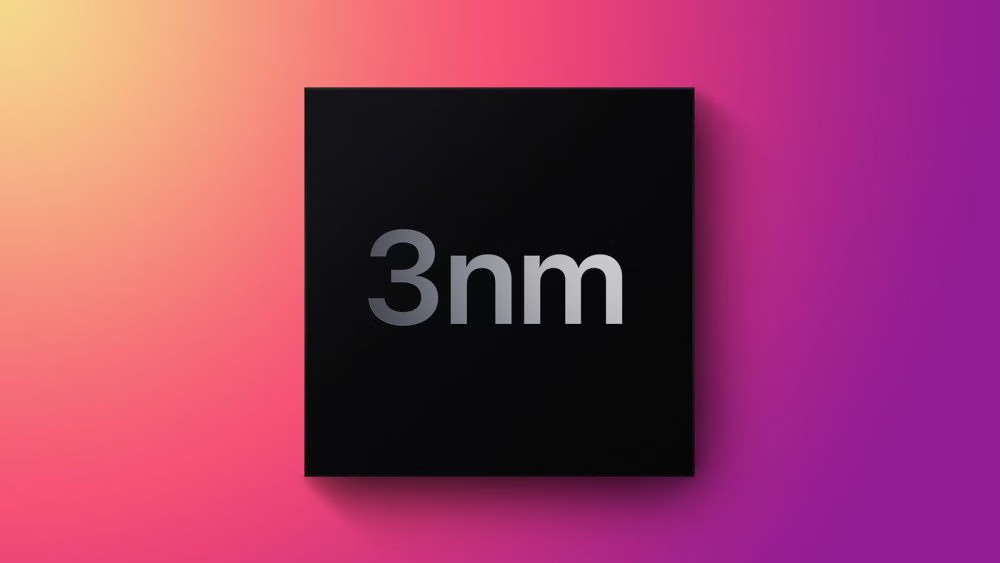The MediaTek Dimensity 9500 chipset is poised to disrupt the Android flagship market, thanks to its aggressive pricing strategy and advanced 3nm technology. With a reported price tag of just $180 to $200 per unit, the new SoC (System-on-Chip) undercuts Qualcomm’s Snapdragon 8 Elite Gen 5 by more than 50%, offering smartphone manufacturers a highly cost-effective alternative for their premium devices. This bold move could reshape pricing dynamics in the Android ecosystem throughout 2025.
MediaTek Dimensity 9500 Chipset: A Game-Changer for OEMs
The MediaTek Dimensity 9500 chipset stands out not only for its performance capabilities but also for its affordability. According to industry insiders, Qualcomm’s flagship Snapdragon 8 Elite Gen 5 costs around $280 per chip — significantly more than MediaTek’s offering. This cost difference gives original equipment manufacturers (OEMs) two distinct advantages: they can either lower retail prices to attract more customers or maintain existing price points and increase their profit margins.
With smartphone prices steadily rising over the past few years, the Dimensity 9500’s arrival could make flagship-level devices accessible to a wider audience. Brands like Xiaomi, Oppo, Vivo, and Realme — known for balancing performance with affordability — may particularly benefit from this chipset’s value proposition.
Built on Advanced 3nm Technology
The MediaTek Dimensity 9500 chipset is manufactured using TSMC’s cutting-edge 3nm N3P process, the same fabrication node used by industry leaders like Apple and Qualcomm. This ensures improved transistor density and power efficiency compared to previous-generation chips. However, while the Dimensity 9500 leverages modern manufacturing, its architecture relies heavily on ARM’s ready-made CPU and GPU designs rather than custom-built cores.
This design choice allows MediaTek to save substantially on research and development costs but comes with a trade-off — reduced optimization and slightly weaker performance compared to SoCs with custom architectures. Qualcomm, for instance, uses semi-custom cores fine-tuned for performance and thermal management, giving it an edge in raw speed and sustained workloads.
Performance and Thermal Management Concerns
Early benchmark reports for the MediaTek Dimensity 9500 chipset reveal a mixed picture. While single-core scores are competitive, multi-core performance lags behind that of the Snapdragon 8 Elite Gen 5 and Apple’s A18 Pro. Engineering samples have also shown higher power consumption and noticeable heat buildup during prolonged tasks such as gaming or video rendering.
Thermal throttling — a mechanism that reduces processor speed to prevent overheating — has been observed in prototype devices, affecting sustained performance. These issues could pose challenges for manufacturers targeting high-end gaming or productivity smartphones. However, for upper mid-range or “budget flagship” models, the performance gap may be acceptable given the significant price advantage.
Price and Market Impact
At an estimated $180 to $200 per chip, the MediaTek Dimensity 9500 chipset presents a cost-saving of roughly $80 to $100 per device compared to Qualcomm’s premium alternative. This difference could translate into lower overall smartphone prices, particularly for brands seeking to launch competitive devices under the $700 segment.
Industry analysts suggest that MediaTek’s pricing could force Qualcomm to re-evaluate its own chip pricing strategy. In a market where component costs significantly impact retail pricing, this competition could ultimately benefit consumers. Affordable yet powerful devices powered by the Dimensity 9500 may dominate markets in Asia, the Middle East, and Africa, where price sensitivity is high.
Ideal Use Cases and Target Devices
While the MediaTek Dimensity 9500 chipset may not be the absolute performance leader, it is perfectly suited for phones aiming to deliver flagship-like experiences at lower costs. Smartphones featuring this chipset are expected to appear in the “premium mid-range” category — offering 120Hz OLED displays, robust cameras, and fast 5G connectivity — but at significantly reduced prices compared to Snapdragon-based rivals.
Manufacturers like Vivo, Honor, and OnePlus (in their mid-range sub-brands) could leverage this SoC for models designed to bridge the gap between high performance and affordability. Given MediaTek’s growing share in the global SoC market — which climbed above 36% in Q2 2024, according to Counterpoint Research — the Dimensity 9500 could further strengthen its position heading into 2025.
Balancing Cost and Capability
The MediaTek Dimensity 9500 chipset represents a calculated balance between performance and cost. Its reliance on ARM reference designs keeps prices low, while TSMC’s 3nm process ensures a leap in efficiency over previous generations. Though it might not match Qualcomm’s or Apple’s flagship chips in raw performance, it offers tremendous value for smartphone brands focused on mass-market appeal.
For consumers, this means the 2025 Android lineup could include more affordable flagships with competitive specifications — faster performance, better cameras, and longer battery life — all without the $1,000-plus price tags that have dominated the segment in recent years.
A New Era for Affordable Flagships
With the MediaTek Dimensity 9500 chipset, the balance of power in the Android ecosystem could shift dramatically. If its early promise holds true, it may empower phone makers to deliver high-end experiences at prices that appeal to a broader global audience. While performance trade-offs exist, the affordability and advanced manufacturing process make it a pivotal release for 2025.
As competition heats up between MediaTek and Qualcomm, one thing is clear: the era of ultra-expensive Android flagships may soon give way to a new wave of premium yet affordable smartphones — powered by the Dimensity 9500.



